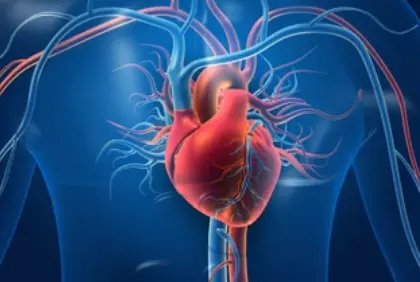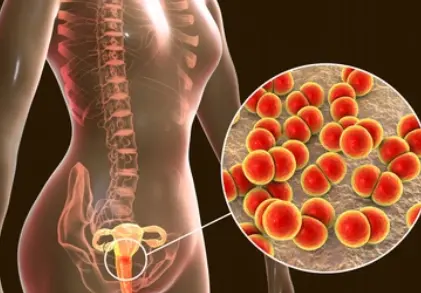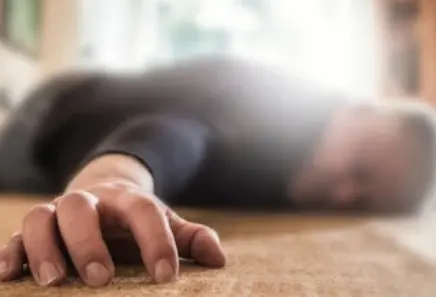 Welcome
Welcome
“May all be happy, may all be healed, may all be at peace and may no one ever suffer."
Ventricular fibrillation - Generics
Ventricular fibrillation is a life-threatening heart rhythm disorder that occurs when the ventricles, the lower chambers of the heart, contract rapidly and irregularly, preventing the heart from effectively pumping blood to the body.
Ventricular fibrillation is often a result of an underlying heart condition, such as coronary artery disease, heart attack, or heart failure. It can also occur as a result of electrocution or severe trauma.
Symptoms of ventricular fibrillation can include sudden loss of consciousness, no pulse or breathing, and death if not treated immediately. Ventricular fibrillation is considered a medical emergency, and immediate cardiopulmonary resuscitation (CPR) and defibrillation are necessary to restore a normal heart rhythm.
Treatment for ventricular fibrillation may also include medications, such as anti-arrhythmic drugs, or procedures such as implantable cardioverter defibrillator (ICD) placement, which can deliver a shock to the heart to restore a normal rhythm in case of another episode.
Prevention of ventricular fibrillation involves managing any underlying heart conditions and making lifestyle changes such as maintaining a healthy weight, managing blood pressure and cholesterol levels, and avoiding smoking and excessive alcohol consumption.

Wound cleansing

MI

Functional dyspepsia

Gonorrhea

Alopecia androgenetica

Seizures associated w/ Le...

Cat scratch disease

Alcoholism & drug-induced...
Ventricular fibrillation, ভেন্ট্রিকুলার ফাইব্রিলেশন
To be happy, beautiful, healthy, wealthy, hale and long-lived stay with DM3S.